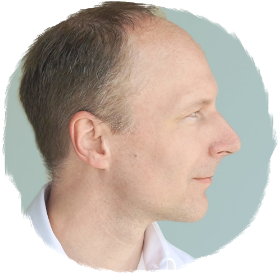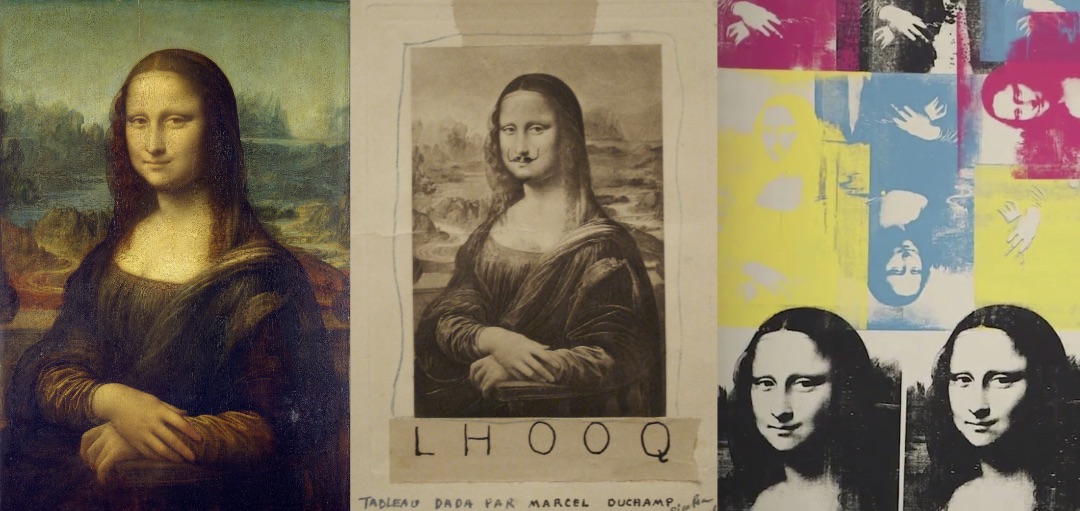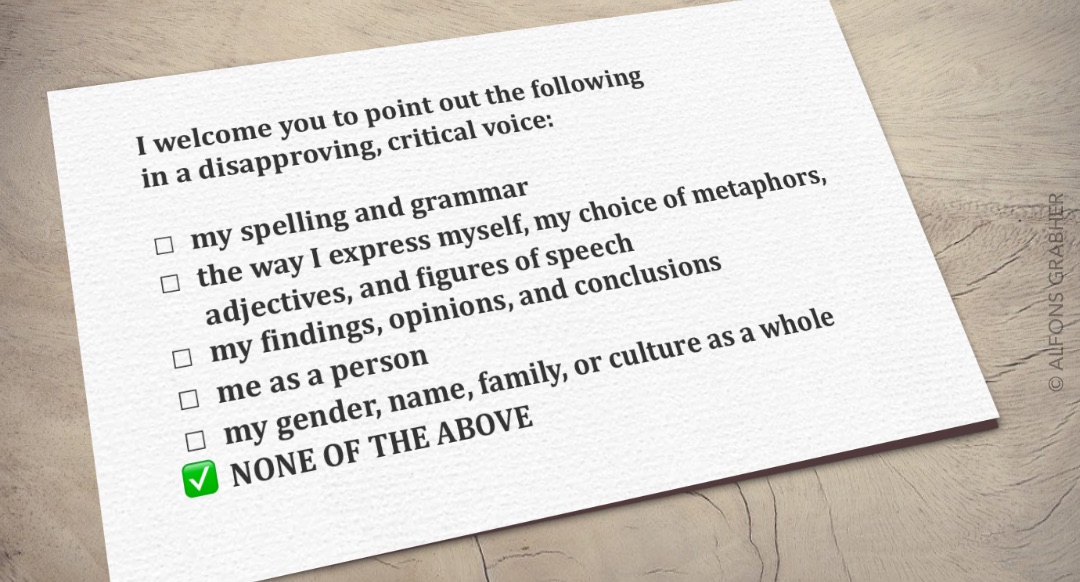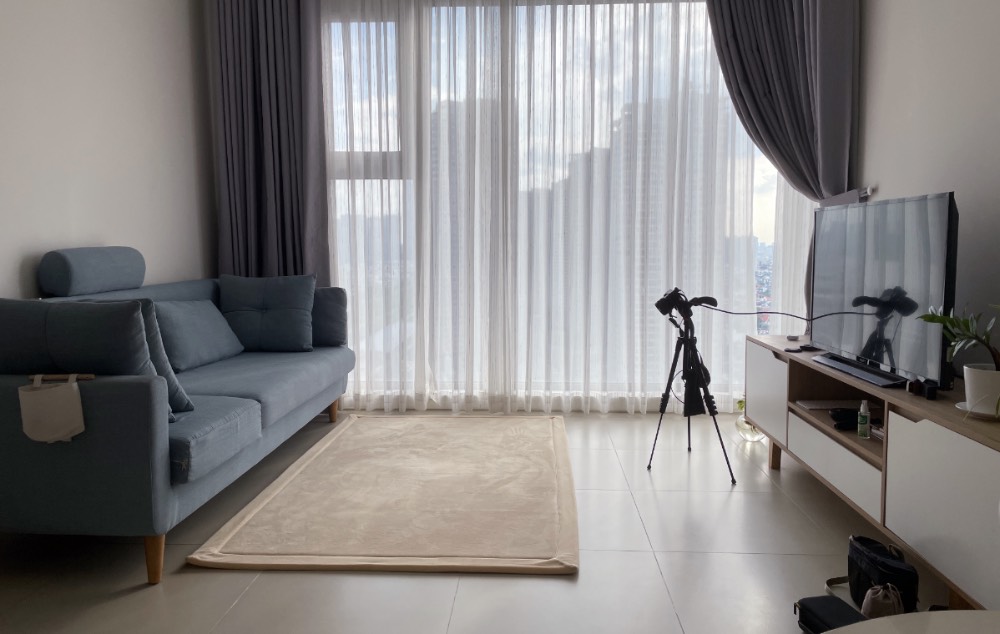During the past three months or so, for 102 days to be precise, every day, I dedicated a couple of hours to writing. Every day I wrote a short essay, a commentary, a movement sequence, or a short story. It started out as a project of curiosity – a lot has been written about the benefits of daily writing, and I wanted to see where daily writing would take me – how it would change me, what would improve, what I would discover. I showed up every day and I did the work. I never had writer’s block. As long as I would sit down and start to write I would write something, and after two to six hours I would have something that I deemed worth sharing.
Even though I had no idea for how long I would keep going, or where I would eventually arrive at, right from the beginning I had a general idea of what I would want to write about, and what I would not want to write about. Within those limits I allowed myself to experiment with different styles and different stories.
Stephen Krashen, professor emeritus, linguist, educational researcher, and political activist, states what we’ve learned from science: „We write for two reasons. One is obvious: We write to communicate with others (letters, emails, reports) and ourselves (notes, lists, reminders). The second is less obvious but profound: We write to solve problems and to make ourselves smarter.”
I don’t know if I became smarter over the past 102 days, but for one I have the impression that my writing as well as my thinking have improved. And secondly, more importantly maybe, I have had many important insights, and I have made many discoveries crucial to my development as a person and as a teacher – which I would probably not have made otherwise. I have the feeling that these 102 days cleared up many things for me and set me on my path again. With confidence, cheerfulness, and bright optimism that there’s a wonderful world out there, that is open for and supportive of our personal development and sharing amongst each other. „Trust your head around, it’s all around you. All is full of love, all around you.” to quote a song from the Icelandic singer Björk.
One more thing. David Sedaris said that a story needs to end, and not just stop. He recalls himself being Live on Tour, where he would read his stories to a different audience each night, “Every night I had to say thank you to the audience and that means that my ending didn’t work,” he says. “You shouldn’t have to tell people that the story is over.”
The story isn’t over yet. Our story isn’t over. Maybe you too would like to sit down sometimes and write down a movement sequence in your own words, and add your own observations.
Maybe you would like to start with a few stick figure drawings, and a few arrows and annotations. Then add some comments or speech bubbles, and before you know it you will have sketched out an entire movement based story.
Or maybe you would like to start with a personal movement diary. Writing helps us to make sense of what we experience. You could use your challenges, victories, discoveries, your Instagram posts, or your favourite movement moments as seedlings that you then grow into text. Or copy an inspirational quote from here or there, add your thoughts, your movements, your moments. You could start a page with „Would you please come to lie on your back”, as a possible replacement for „Once upon a time.” And then observe where the story will take you.
Or maybe you would like to start with a super-mini-essay in the form of a comment somewhere, for example on one of my videos, like Tracy did a few days ago, on one of my Shoulder Circles videos called „Simple movements, powerful changes”:
„I love that moment at the very end of a lesson when I realise, »Oh, it’s all been leading to THIS!« [..] Lovely! What I particularly noticed after this lesson was how easily my shoulders swayed back and forth as I walked, and how upright my pelvis is. Another piece of Feldenkrais magic – how does a lesson focusing on my shoulders reset my pelvis?! Thank you for another great lesson, Alfons.”
Writing down movement sequences is not so different from writing stories. We have some sort of a plan, a general idea or direction, and start writing.
„When I started writing that story, I didn’t know there was going to be a Ph.D. with a wooden leg in it. I merely found myself one morning writing a description of two women I knew something about, and before I realized it, I had equipped one of them with a daughter with a wooden leg. I brought in the Bible salesman, but I had no idea what I was going to do with him. I didn’t know he was going to steal that wooden leg until ten or twelve lines before he did it, but when I found out that this was what was going to happen, I realized it was inevitable”, excerpt from Flannery O’Conner, „Writing Short Stories”
As long as we start somewhere, we will be going places. A new journey begins. Thank you for reading, you have been wonderful. And, if you haven’t yet, where will you start your next movement-based lesson?




